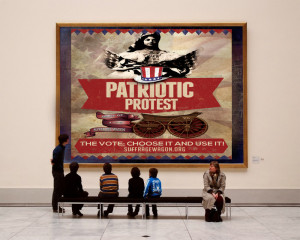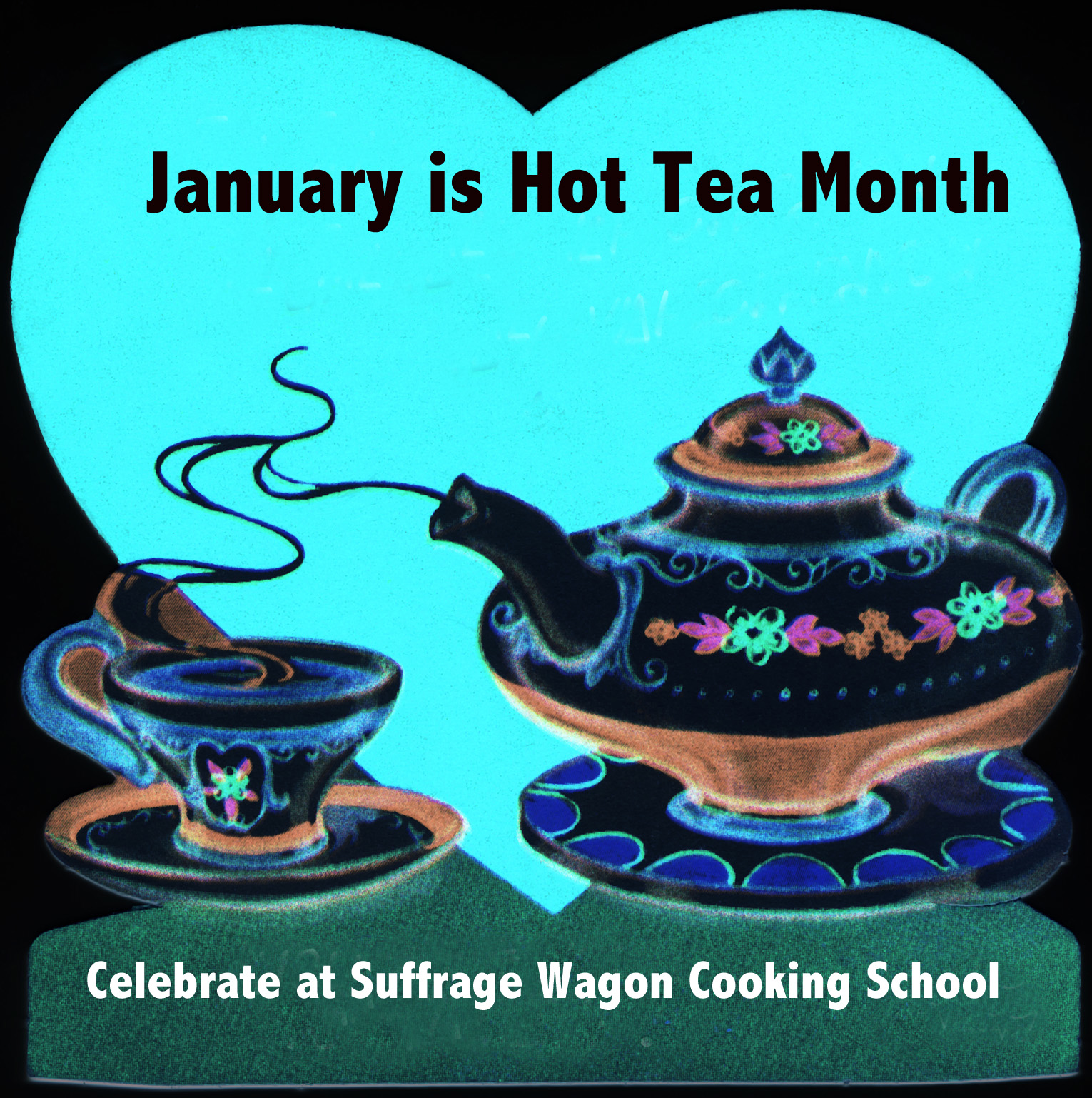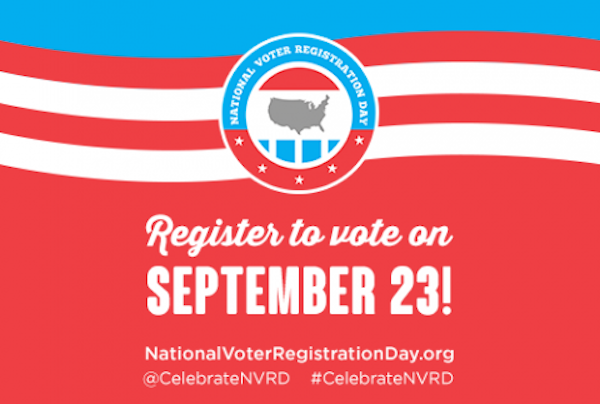 In July of 1913 Long Island suffrage activists dressed in colonial costume and captured the attention of the New York City metropolitan news media when the “Spirit of 1776” suffrage campaign wagon started on its journey of grassroots organizing in New York City and Long Island.
In July of 1913 Long Island suffrage activists dressed in colonial costume and captured the attention of the New York City metropolitan news media when the “Spirit of 1776” suffrage campaign wagon started on its journey of grassroots organizing in New York City and Long Island.
See the “Spirit of 1776” music video on YouTube.
The video portrays beautifully how suffrage activists gave speeches from the wagon’s platform that highlighted their message: “If taxation without representation was tyranny in 1776, why not in 1913?” On July 1, 1913 the women left the Madison Avenue headquarters of the New York State Woman Suffrage Association in Manhattan in the wagon and traveled to Long Island in a caravan for a month of Votes for Women campaigning. Their choice of the July 4th holiday was intentional as they traveled throughout the countryside and the news media followed along.
The suffrage organizing work of Long Island suffragists Rosalie Jones and Edna Kearns provide excellent examples of patriotic protest. In Susan B. Anthony’s trial for illegal voting in upstate New York in 1873, her defense included the “taxation without representation” argument, as did her supporters on the lecture circuit.
Arguments that can be described as patriotic protest were ultiized during the abolition, labor, civil rights, and many other movements throughout the nation’s history. Advocates from both the left and right of the political spectrum have claimed that their inspiration could be traced to the Declaration of Independence, the Bill of Rights, and a perceived national commitment to liberty and equality.
The “Spirit of 1776” is considered a national theme of the suffrage movement as its expression is found in Votes for Women plays, speeches, parades, pageants, leaflets, books, graphics, artwork, publications, music, postcards, banners, posters, performance art, greeting cards, cartoons, memorabilia, educational and organizational programming.
Suffrage Wagon News Channel features primary and secondary sources illustrating the theme of patriotic protest that can be found throughout the national, state and local suffrage movement.


0 Comments